Wonderful introduction:
Only by setting off, can you reach your ideals and destinations, only by hard work can you achieve brilliant success, and only by sowing can you reap the rewards. Only by pursuing can you taste upright people.
Hello everyone, today XM Forex will bring you "[XM Group]: German government bond demand picks up, analysis of short-term trend of spot gold, silver, crude oil and foreign exchange on October 29". Hope this helps you! The original content is as follows:
The three major U.S. stock index futures all rose, with the Dow futures rising 0.25%, the S&P 500 futures rising 0.31%, and the Nasdaq futures rising 0.47%. Germany's DAX index fell by 0.02%, Britain's FTSE 100 index rose by 0.80%, France's CAC40 index rose by 0.04%, and Europe's Stoxx 50 index rose by 0.43%.
⑴The German Bundesbank successfully issued 3.378 billion euros of 2.60% 10-year enhanced federal bonds. ⑵The average yield of this auction is 2.62%, a significant decrease of 10 basis points from the 2.72% of the previous issuance. ⑶The bidding multiple reached 1.3 times, which was better than the previous level of 1.2 times, indicating that market demand has improved. ⑷The decline in yields reflects the market’s continued enthusiasm for high-quality and safe assets. ⑸The increase in bid multiples shows that investor confidence in the bonds of core euro zone countries is gradually restored. ⑹ In the current market uncertainty environment, German government bonds continue to play a safe haven role. ⑺This successful issuance has laid a stable tone for the euro zone sovereign bond market and attracted prudent capital allocation.
⑴The German government announced that the hourly minimum wage will be set at 12.82 euros in 2025, and plans to increase it to 14.60 euros in two stages by 2027. ⑵The first increase will be implemented in early 2026, when the minimum wage will rise to 13.90 euros. ⑶The adjustment plan follows the recommendations of the Employers and Trade Union Representatives www.stofoco.committee appointed by the government. ⑷This plan is lower than the 2026 hourly wage target of 15 euros advocated by the coalition of conservatives and Social Democrats led by Chancellor Mertz. ⑸The increase plan has triggered criticism, with some warning that higher labor costs may endanger employment. ⑹ Especially after two years of economic contraction, the number of unemployed people exceeded 3 million for the first time in ten years in August, and was only slightly lower than that level in September.
⑴ Italy’s industrial producer prices rose by 1.1% year-on-year in September 2025, a significant acceleration from the eight-month low of 0.2% in August. ⑵ The growth rate of domestic producer prices accelerated, rising by 1.5% year-on-year, mainly driven by a 3.0% increase in the cost of drugs and preparations. ⑶ Foreign market prices increased by 0.4% year-on-year, with both the euro zone and non-euro zones recording growth. ⑷The main contributions in the Eurozone came from food, beverages, tobacco and transportation equipment, which increased by 6.1% and 4.4% respectively. ⑸The main contribution from non-euro areas came from other manufacturing industries and machinery and equipment maintenance and installation, which increased by 5.3%. ⑹ After excluding energy, the producer inflation rate dropped slightly from 0.9% to 0.8%. ⑺ After seasonal adjustment, producer prices increased by 0.2% month-on-month, www.stofoco.compared with a decrease of 0.6% in the previous month.
According to foreign media reports, after several months of negotiations, the United States and South Korea finally reached a trade agreement. South Korea will invest US$150 billion in shipbuilding in the United States, and its US$350 billion investment in the US includes US$200 billion in installment cash investments. Investment is capped at $20 billion per year. Both Trump and South Korean President Lee Jae-myung praised the strength of their alliance. Trump said the United States and South Korea were "married," while Lee Myung-bak awarded him South Korea's highest medal and presented him with a replica of the Silla-era golden crown. Separately, South Korean President Lee Jae-myung urged Trump to allow South Korea to secure nuclear fuel supplies for submarines and revise a decades-old nuclear energy deal. He emphasized that South Korea does not plan to build submarines capable of carrying nuclear weapons, but wants to replace those "outdated" diesel-powered ships. In addition, South Korea's presidential adviser stated that the United States will continue to maintain a 15% www.stofoco.comprehensive tariff on South Korea, automobile tariffs will be reduced to 15%, and South Korea will receive most-favored nation status in terms of pharmaceutical tariffs.
⑴ Boeing’s loss per share in the third quarter reached US$7.14, and the adjusted loss per share of US$7.47 far exceeded expectations of US$4.59. ⑵ Quarterly www.stofoco.com loss of US$5.339 billion, mainly dragged down by US$4.9 billion in expenses related to the delay in certification of the 777X aircraft. ⑶ Revenue of US$23.27 billion exceeded market expectations of US$21.972 billion, showing that the core business is still resilient. ⑷ Operating cash flow remained positive at US$1.123 billion, providing necessary financial support for business operations. ⑸The monthly output of 737 is stable at 38 aircraft, and in OctoberThe State Aviation Administration jointly agreed to increase the number to 42. ⑹ The certification schedule for the 777-9 passenger aircraft has been updated, and the first delivery is expected to be postponed to 2027. ⑺The www.stofoco.company emphasized that despite facing schedule delays, the 777X continued to perform well in test flights. ⑻The huge impairment losses concealed the positive performance of revenue exceeding expectations and reflected the severe challenges of project management.
⑴ The new sanctions imposed by the United States and the European Union on Russian oil giants have not yet substantially affected the physical transportation of crude oil at the country’s western ports. ⑵Exports from western ports such as Primorsk, Ust-Luga and Novorossiysk in October are expected to be approximately 2.33 million barrels per day. ⑶ This data is in line with Russia’s revised monthly plan, despite weather restrictions and sanctions pressure. ⑷The November 21 deadline set by the United States requires the termination of all transactions with Rosneft and Lukoil. ⑸The approximately four-week voyage from the Baltic Sea port to the Indian refinery brings logistics and financial risks, and the current shipment deadline will be missed. ⑹ Indian refiners have not yet decided how to deal with the purchased Russian oil, and major customers such as Reliance Industries are assessing the impact of the contract. ⑺ There may be problems with transaction payment, and Russian sellers are unwilling to accept settlement in rupees, exacerbating transaction www.stofoco.complexity. ⑻The market expects that Russian oil sales will shift to intermediaries and trading www.stofoco.companies, which will increase sellers' costs but can buffer buyer risks.
⑴ The German Machinery and Equipment Manufacturing Federation warned that if the United States expands the tariff list in December, 56% of German and European machinery exports will be affected. ⑵ This proportion has increased significantly from 40% in August, covering almost all branches of mechanical engineering. ⑶The Federation represents 3,600 mechanical engineering www.stofoco.companies and has conveyed its concerns to European www.stofoco.commission President von der Leyen. ⑷The U.S. Department of www.stofoco.commerce launched a process in October to include more products in the steel and aluminum tariff list, with the final deadline being early December. ⑸If the proposal is adopted, about 200 types of steel and aluminum materials for engineering products will face 50% import tariffs. ⑹ Lying about the value or origin of materials may result in punitive tariffs of up to 200%. ⑺Tariffs bring www.stofoco.complex bureaucratic requirements that may disrupt supply chains and ultimately affect American consumers. ⑻European machinery is widely used in key fields such as U.S. aerospace, weapons systems and semiconductor production.
⑴ Data from the American Mortgage Bankers Association showed that in the week ending October 17, mortgage loan application volume increased significantly by 7.1% from the previous week. ⑵ This move reversed the previous four consecutive weeks of downward trend. ⑶The rebound in applications coincided with a drop in benchmark mortgage rates to a one-year low of 6.3%. ⑷ The decline in interest rates was mainly due to the gloomy labor market outlook and concerns about an economic slowdown, which depressed long-term Treasury yields. ⑸ Applications for refinancing mortgages, which are more sensitive to short-term changes in interest rates, surged 9% that week. ⑹The number of home purchase mortgage loan applications increased by 5%.
⑴ www.stofoco.com approvals for home purchase mortgages in the UK increased by 1,000 to 65,900 in September 2025, hitting the highest level in nine months and higher than market expectations of 64,000. ⑵ The number of remortgage approvals decreased by 600 to 37,200. This indicator only counts refinancing businesses that change lending institutions. ⑶The "actual" interest rate on newly issued mortgage loans fell by 7 basis points to 4.19%, a new low since January 2023. ⑷ Newly issued mortgage loan interest rates continue the downward trend since March 2025. ⑸The interest rate on outstanding mortgage loans remains unchanged at 3.89%.
⑴The Swiss Investor Confidence Index increased by 38.7 points month-on-month to minus 7.7 in October 2025. ⑵ UBS Group pointed out that this is one of the largest increases in the history of this indicator, second only to the surge during the financial crisis and the epidemic. ⑶Despite the rebound, the 39% tariff imposed by the United States on Swiss exports in August still suppressed market sentiment. ⑷The United States accounts for approximately 17% of Switzerland’s total exports and is Switzerland’s largest export market. ⑸At the same time, the current conditions index remained neutral at 0, down from the previous value of 3.6. ⑹Reflects that the assessment of the current economic situation is still sluggish.
EUR/USD: As of 20:23 Beijing time, EUR/USD fell and is now at 1.1641, a decrease of 0.09%. Before the New York session, the price of EURUSD rose during the last trading session as current support stabilized at 1.1630, gaining bullish momentum that helped realize these gains, especially due to its reliance on support from the EMA50. This decline occurred after the price managed to escape overbought conditions on the relative strength indicator, with a positive cross appearing, strengthening the chances of price recovery on a short-term basis, where the bullish correction trend dominates.
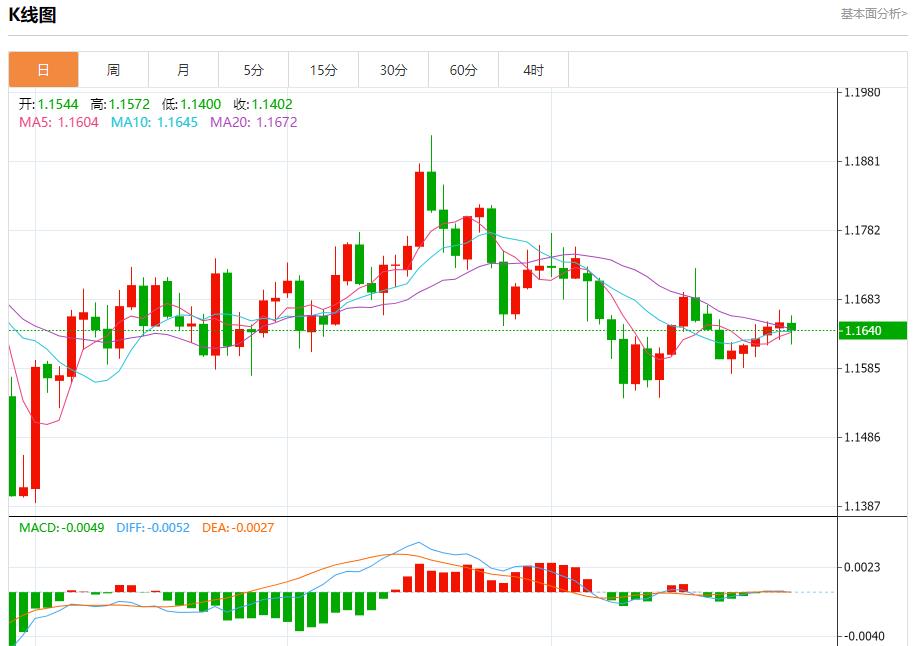
GBP/USD: As of 20:23 Beijing time, GBP/USD fell and is now at 1.3215, a decrease of 0.41%. Before the New York market opened, in the latest intraday trading, (GBPUSD) price fell sharply and reached our expected target support level of 1.3265, preparing to break through this support level amid continued negative pressure from trading below EMA50. In the short term, the main bearish trend dominates, while the price trades near the support trend line. Additionally, the Relative Strength Index has given a negative signal despite reaching oversold levels.
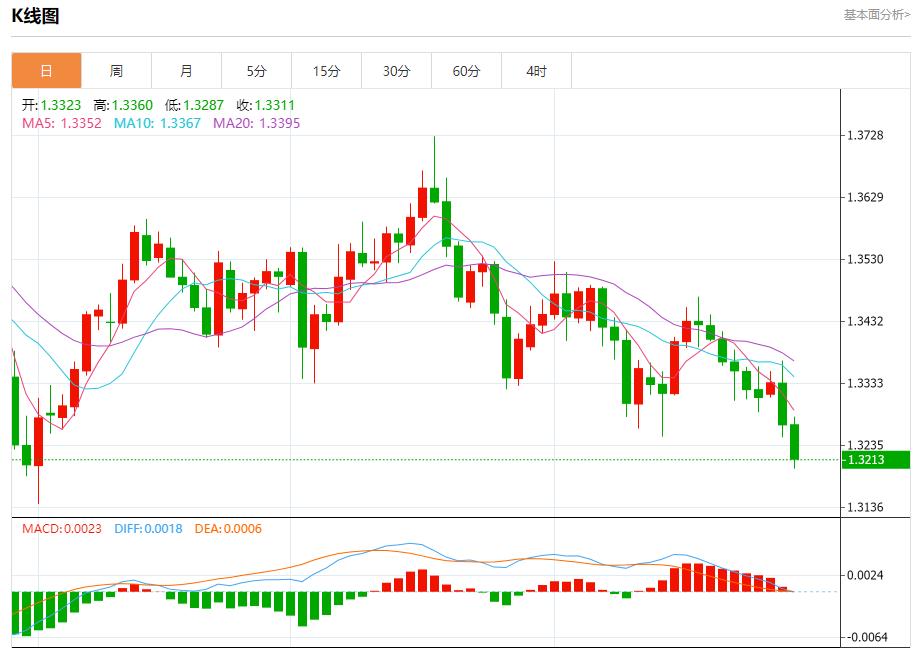
Spot gold: As of 20:23 Beijing time, spot gold has risen and is currently trading at 4024.92, an increase of 1.83%. Before the New York market opened, in the latest intraday trading,The price of (gold) has risen sharply, supported by the positive signals emerging from the relative strength indicator, correcting the downward trend line in the short term and preparing to hit the key resistance level of $4050; on the other hand, downward pressure due to its trading below the EMA50 still exists, which reduces the possibility of a sustainable recovery in the price in the short term.
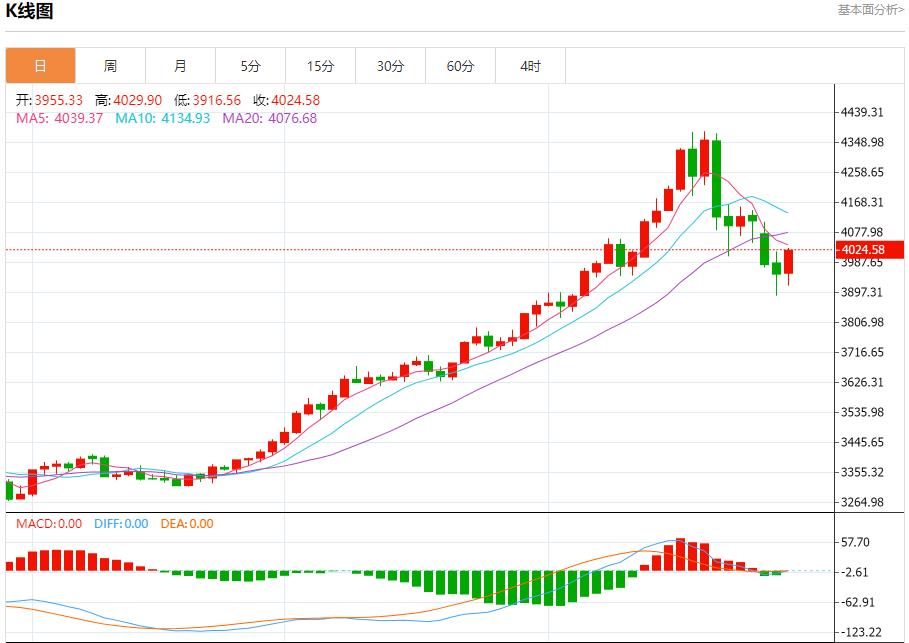
Spot silver: As of 20:23 Beijing time, spot silver has risen, now trading at 48.372, an increase of 2.87%. Before the New York market opened, the price of (silver) continued its last rally on an intraday basis, breaking through the key resistance level of $47.80. Despite this sharp rise, as its trading price is still below the 50-day exponential moving average (EMA50), the continuation of negative pressure reduces the possibility of a full recovery, especially the relative strength indicator has reached exaggerated overbought levels www.stofoco.compared to price fluctuations, showing that a negative divergence has begun to form. In the short term, the short correction trend is still dominant.
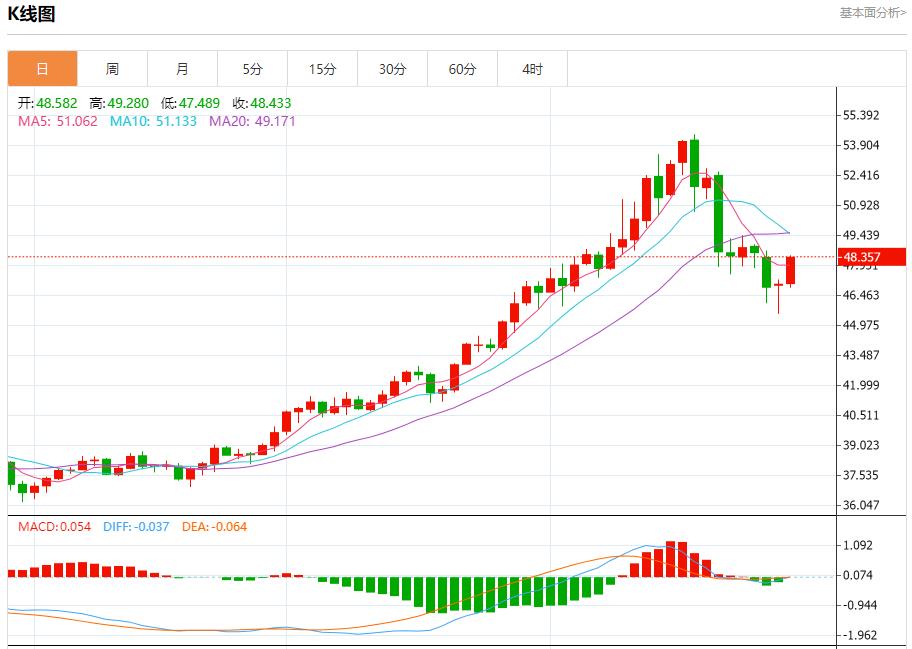
Crude oil market: As of 20:23 Beijing time, U.S. oil fell, now trading at 60.060, a decrease of 0.15%. Before the New York session, the price of (crude oil) was volatile in the last intraday trading levels as the price hovered around the $59.80 support level, aided by its trading above the EMA50 and dominated by the bullish corrective trend in the short term. Additionally, a positive signal emerged after the Relative Strength Index reached oversold levels. Despite these positive factors, the price still showed a strong bearish trend during the day and did not escape the downward pressure.
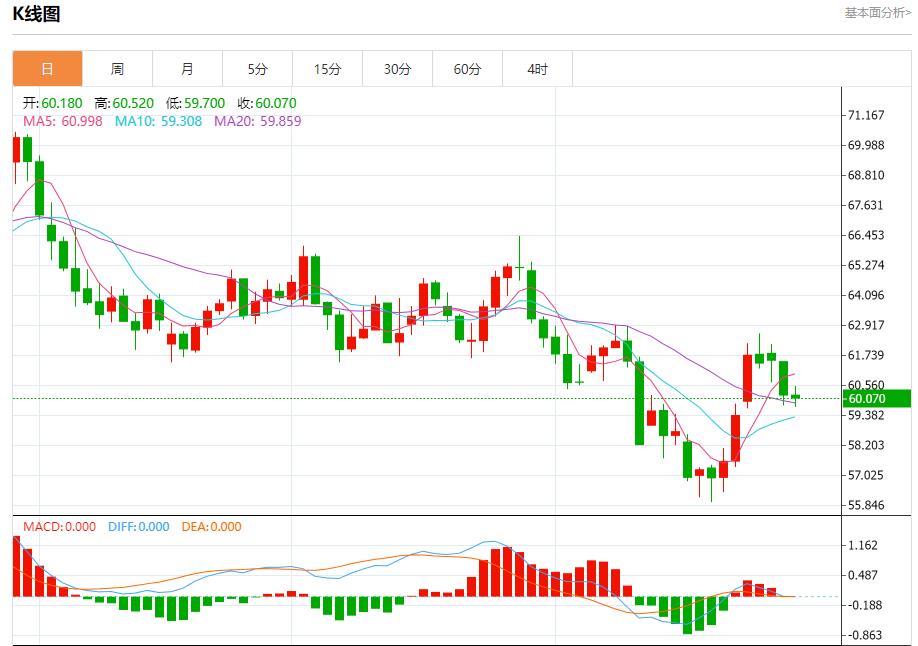
investinglive analyst Giuseppe Dellamotta said that the Bank of Canada is expected to cut interest rates by 25 basis points to 2.25%, which is the lower limit of its estimated neutral interest rate range (2.25%-3.25%). The market still believes that the Bank of Canada is likely to end this interest rate cutting cycle with an interest rate of 2.00% sometime in 2026. At the press conference, Bank of Canada Governor MacCallum is not expected to give any clear forward guidance. Expectations for a rate cut have recently been solidified, mainly due to some previous dovish www.stofoco.comments from McCallum and the resurgence of tensions between the United States and Canada over tariffs. While we all know that the U.S. and Canada will eventually get along, for now, this risk should give the Bank of Canada reason toDovish. If the Bank of Canada keeps interest rates on hold, this will be seen as a hawkish surprise and the Canadian dollar should strengthen across the board. But in the current context, surprising the market may not be a good thing for the bank.
The above content is all about "[XM Group]: Demand for German government bonds picks up, short-term trend analysis of spot gold, silver, crude oil, and foreign exchange on October 29". It is carefully www.stofoco.compiled and edited by the XM foreign exchange editor. I hope it will be helpful to your trading! Thanks for the support!
After doing something, there will always be experiences and lessons learned. In order to facilitate future work, the experience and lessons from past work must be analyzed, researched, summarized, concentrated, and understood at a theoretical level.